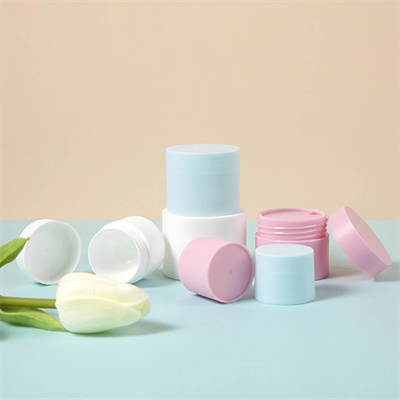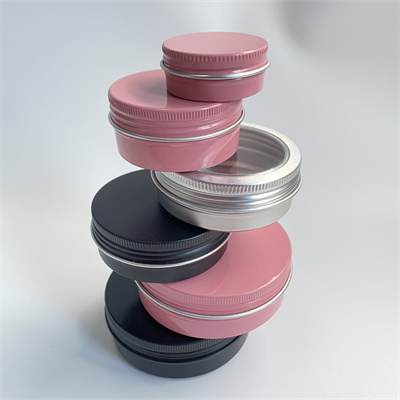What Materials Are Commonly Used for Making a Cosmetic Cream Jar?
June 27, 2023
In today's competitive skincare and beauty market, packaging is more than just a container—it's a statement of brand identity, functionality, and sustainability. According to the original article published on MiyaPackaging.com, choosing the right material for a cosmetic cream jar is essential to protect the product, enhance shelf appeal, and meet environmental standards. While the article outlines several commonly used materials, a deeper exploration is needed to address what really makes a material suitable—and how those choices can impact both manufacturers and consumers.
What factors should you consider when selecting materials for a cosmetic cream jar?
When choosing a material for a cosmetic cream jar, manufacturers must balance durability, aesthetic appeal, chemical resistance, and sustainability. For example:
Durability and Strength: Glass jars provide excellent durability and a premium feel but are heavier and more fragile than plastic options.
Chemical Compatibility: Certain creams contain active ingredients like retinol or vitamin C, which can react with materials that are not chemically stable.
Environmental Considerations: As sustainability becomes a priority, recyclable and biodegradable materials are gaining traction.
Thus, the choice isn't only about cost—it's about performance and brand values.
What are the most commonly used materials for cosmetic cream jars?
Several materials dominate the market for cosmetic cream jar manufacturing. Each has its pros and cons depending on the use case:
PP (Polypropylene): A lightweight, cost-effective plastic that is commonly used in mid-range skincare. It’s recyclable and resistant to many chemicals.

Aluminum or Metal Jars: Less common but rising in popularity due to their recyclability and robust appearance.

Acrylic (PMMA):Frequently used for its luxurious, glass-like appearance, acrylic is more brittle and should be avoided for products requiring high impact resistance.

PET (Polyethylene Terephthalate):Known for its clarity and lightweight nature, PET is often used in transparent cream jars, though it may not suit all product formulations.

Glass: Popular for high-end skincare, glass offers excellent barrier properties and visual appeal. However, it's heavier and more prone to breakage.

Each of these materials can be used alone or in combination with liners and coatings to enhance performance.
How does material choice impact consumer perception?
The material of a cosmetic cream jar heavily influences the consumer's impression of the brand and product quality:
● Glass implies elegance and purity.
● Plastic suggests convenience and affordability.
● Metal gives an impression of strength and sustainability.
According to a 2023 consumer survey by Packaging Strategies, 72% of customers said that packaging influences their perception of product value. Therefore, the tactile feel, weight, and look of a cream jar are integral to branding.
Are sustainable materials viable for cosmetic cream jars?
Yes, sustainability is rapidly becoming a requirement, not a luxury. Brands are now experimenting with:
Bioplastics made from sugarcane or cornstarch.
Post-consumer recycled (PCR) plastics which help reduce virgin plastic use.
Glass with minimal coatings to enhance recyclability.
In fact, a number of brands, such as REN Clean Skincare and Lush, have adopted fully recyclable cosmetic cream jar packaging to meet both eco-conscious consumer expectations and regulatory changes in regions like the EU.
Can customization be achieved without sacrificing material integrity?
Absolutely. Even when working with sustainable or standard materials, customization remains possible through:
● Silk screen printing
● Hot stamping
● Matte and gloss finishing
● Airless inner linings
This means brands can still achieve visually distinctive cosmetic cream jar designs without compromising on the material's protective function or recyclability.
Conclusion
Choosing the right material for a cosmetic cream jar requires a comprehensive understanding of product formulation, brand goals, and environmental impact. As the beauty industry evolves, manufacturers must adapt by prioritizing functionality, aesthetics, and sustainability in equal measure. Whether it's a sleek acrylic design or a sustainable glass jar, the right material can elevate a product and secure customer loyalty.
